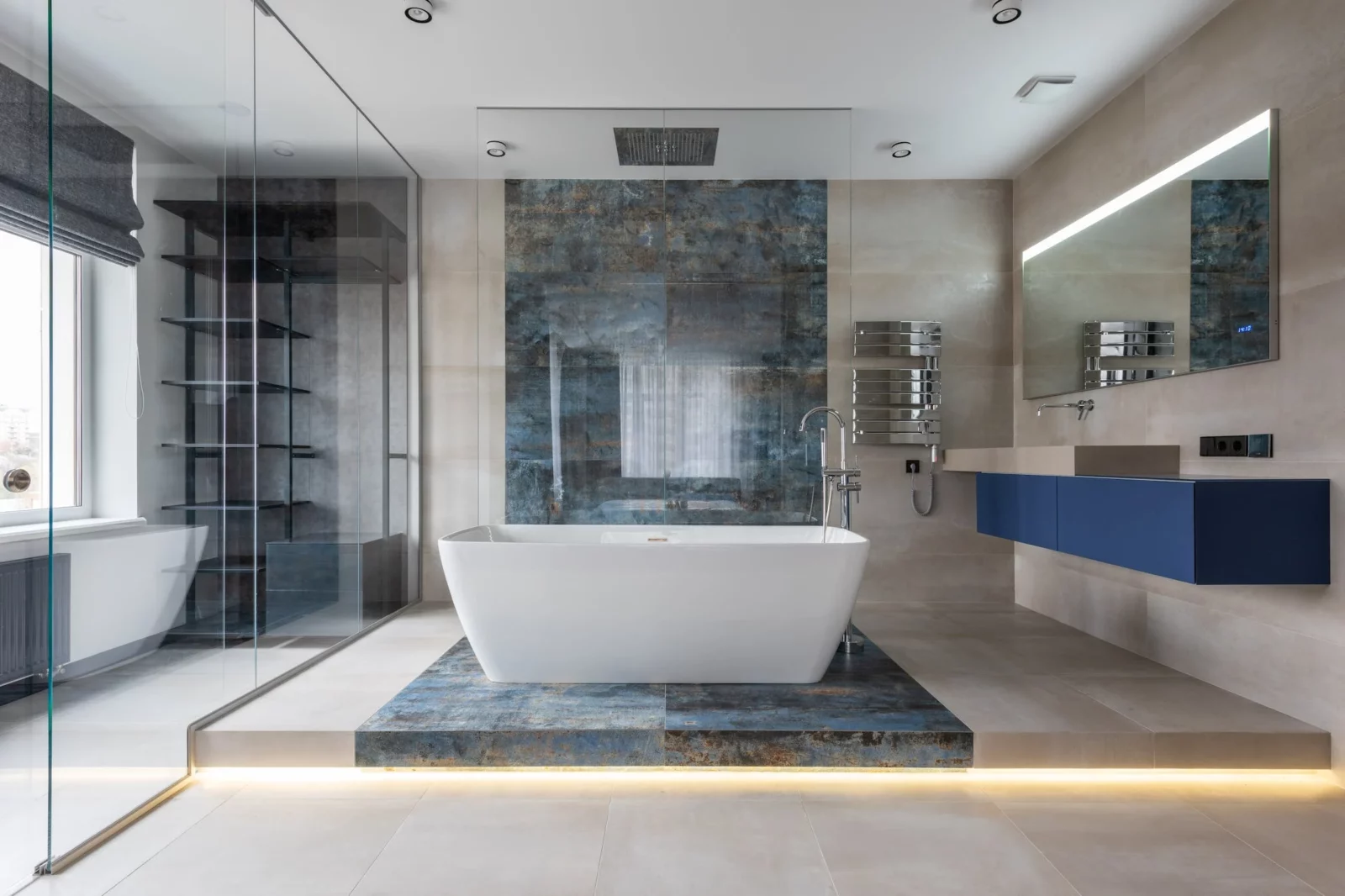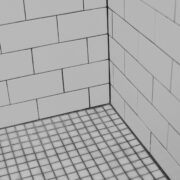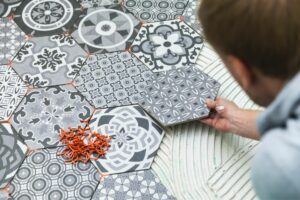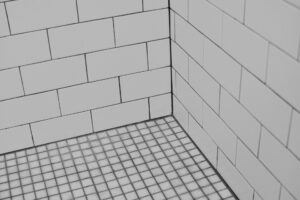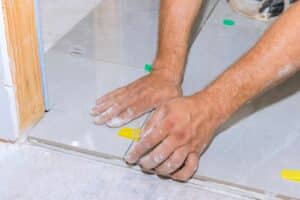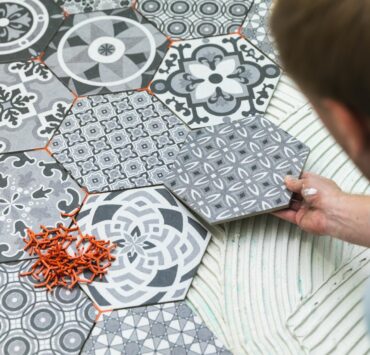Marble flooring undeniably elevate a space by providing a distinct mood and aesthetic that speaks timeless luxury.
How Much Does Marble Flooring Cost
As with all beautiful things, a degree of care is required to maintain that sparkle. Considering that marble floors can cost anywhere between $5 to $40 per square foot, you’d do well to give due care and maintenance to this material.
The cost doesn’t start and end with the marble itself. Be aware that transporting and installing marble is its own separate cost.
Finding the right contractor and the specialized labor dealing with this material will also add to the cost of marble flooring. You can expect a quote of anywhere between $3 to $7 for installation without any additional prep work that may be needed before laying out the tiles.
Polishing and sealing marble usually cost $1.50, respectively, and this is definitely a cost to consider if you want your floors to last.
To keep your flooring pristine, you’ll need to know how to clean marble floors and how to restore shine. Don’t be fooled. Yes, marble is a sturdy material, but it is also sensitive. As you would treat hardwood floors differently from ceramic tiles, marble floors come with specific care requirements.
Here’s what you can do to effectively keep dirt, dullness, and buildup off your marble floors and keep this lovely investment material shining throughout the years to come.
How To Clean Marble Floors
The first thing to keep in mind is its porous nature. Liquids can cause stains, and the wrong chemicals in cleaners can discolor them.
Spills from tea, coffee, and fruit juice should be cleaned immediately. Keep a clean and dry absorbent sponge cloth handy to address unwanted spills on marble quickly, and always gently pat dry instead of wiping. This will likely save your marble floor from unwanted stains and, at the worst, leave you with a light stain to deal with.
Short-term care for marble floors can be kept simple. Generally, all-purpose cleaners, even the ones that state that they’re suitable for marble floors, can be too harsh. Mopping with a solution of dish soap and warm water is a fantastic option to maintain the cleanliness and luster of marble floors.
While effective in other parts of your home, do not use the following cleaning products on your marble floors as they can erode the polish and stone and make your marble floors more susceptible to deeper damage and stains.
- White Vinegar
- Bleach
- Hydrogen Peroxide, especially on dark-colored marble as it, can cause discoloration
- Cleaners with citrus essential oils
- Multipurpose surface cleaners
- Steel wool
- Mineralized water isn’t a strict no-no for marble floors. But if you want to take the correct route with cleaning supplies for your marble floors, opt for distilled water instead to avoid buildup.
To take the guesswork out of whether you can use a specific product on marble floors, remember that you don’t want overly acidic or alkaline products and abrasive materials touching marble in general.
Dealing With Blemishes
Cleaning marble floors is more than keeping dirt off. Here’s how you can address common blemishes that you’re likely to encounter:
- Set Stains:
Remove hard stains by pouring hydrogen peroxide over the stain and let it sit for half an hour. After letting the hydrogen peroxide sit, wipe and buff away. You can repeat this until the stain has been fully removed. Note that although hydrogen peroxide isn’t recommended to clean marble floors, the exception is if a stain has already set.
- Scuffs:
Scuff marks from shoes, toys, furniture feet and the like can be removed with a felt cloth. Simply rub the scuff mark in various directions until the scuff mark comes off.
- Scratches:
Scratches, whether deep or shallow, are best addressed as soon as you notice them. A scratch left untreated will only get deeper. Keep your scratches at a minimum by gently wiping them down with a damp cloth and then buff off with a dry microfiber cloth.
How to Polish Marble Floors
How to Restore Shine to Marble Floors
Even with the proper regular cleaning of marble floors, you’ll want to polish marble to keep it looking its best. A good timeframe to follow is at least once a month, but depending on how much your marble floors are exposed to the daily wear and tear of life, polishing may happen before or after a month has passed.
Keep in mind that when marble floors are looking in need of a polish, you’re too late. Visible scratches and dullness means your precious marble floor tiles are long overdue for a polish.
Maintaining marble is much easier than trying to repair or replace it. Scratches and dull patches indicate polishing, even if you feel you’ve just recently polished. Considering how much does marble flooring cost, caring for your marble is as much as an investment in the material itself.
Polishing marble floors maintain its appearance and resistance to damage from stains, scratches, and etches (dull rough spots).
To give your floors the best care, know exactly what kind of marble you have in your home. Honed marble, for instance, has less slip and shine than polished marble. Cultured marble, or synthetic marble, has a very glossy finish. You, of course, want the correct finish when polishing your marble floor.
If you don’t know what marble floor you have, a quick call to who supplied your marble can confirm what type of marble and finish you have. Once you’ve done that, follow these steps to clean and polish your marble floors efficiently and effectively.
- Sweep up any dirt and debris that could scratch the marble.
- Remove set stains with hydrogen peroxide. Wipe and dry accordingly.
- Clean your floor with a microfiber mop and a solution of warm distilled water and dish soap.
- Polish your marble floors only once it’s clean and dry. Polishing marble keeps dirt from getting in, but the other side is that polishing adds a layer of sealing to whatever is on your marble, so you want to be sure your marble floor is free of debris.
- Seal your marble floors to add a final layer that gives a protective barrier from dirt, grime, buildup, and damage. Like polish, a marble sealant saturates the pores of marble floors, prolonging their shine, protecting it from wear, and preventing your marble from absorbing moisture.
Sealing your marble doesn’t need to be done regularly. To test if it’s time to seal your marble floor, leave a tablespoon of water on the surface. If the water absorbs and leaves a water stain, you’ll know it’s time to add that extra protective layer.
Whether you DIY or hire a professional, do a small patch test of sealant on your marble floor to rule out any discoloration, and opt for 1-2 coats of a bond.
